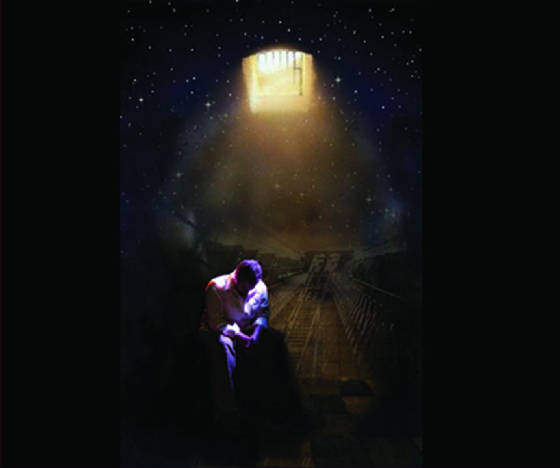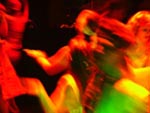|
Man of La Mancha
by Dale Wasserman
lyrics by Joe Darion and music by Mitch Leigh
Ohio University's Forum Theatre
Directed by Michael Page
Lighting and Scene Design by Natalie Taylor
Costume Design by Heather Walker
Technical Direction by Michael Boone
Master Electrician Tom West
Assistant Lighting Designer Ian King
Click the poster to view the Man of La Mancha photo album in a new window.

|
| My image for the poster. |
Man of La Mancha
is my second collaboration with Michael Page. This production, like Hair,
was not part of the fully supported mainstage season. My budget of $400 had to
cover sets, paints, and lighting. Of course, we had access to much stock and
labor support. Budget and labor limitations were certainly a concern, but Michael
and I had already developed our idea of La Mancha before that stage.
|

